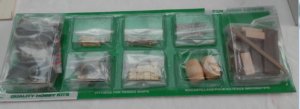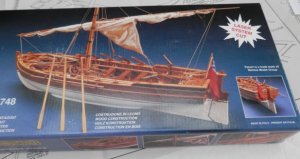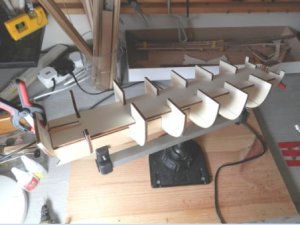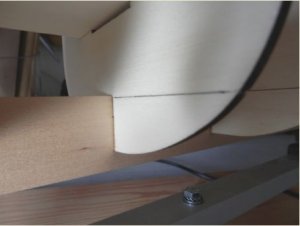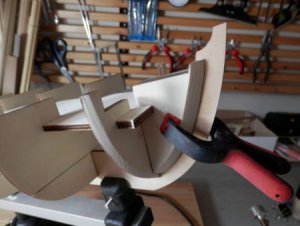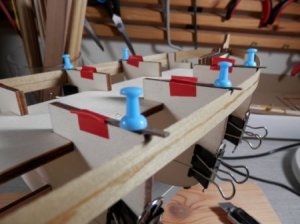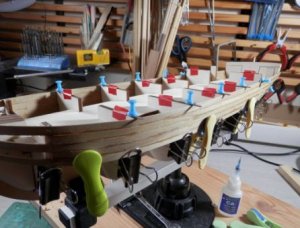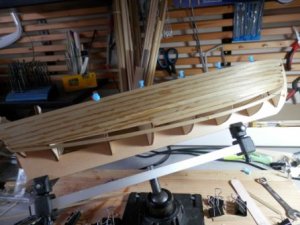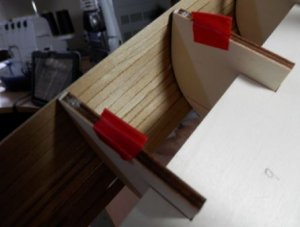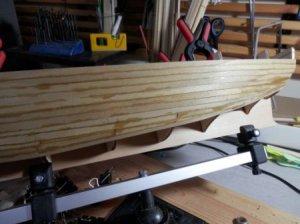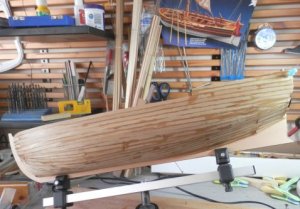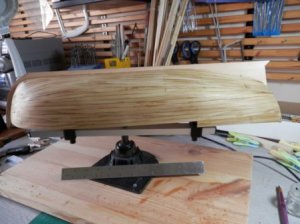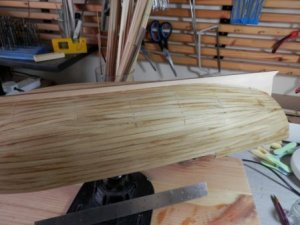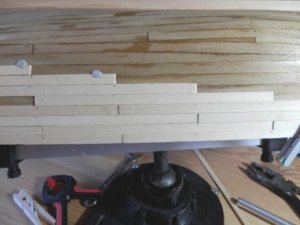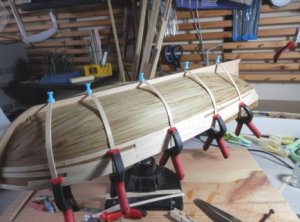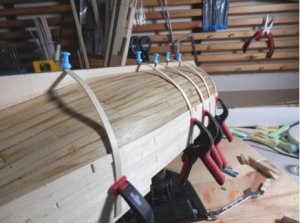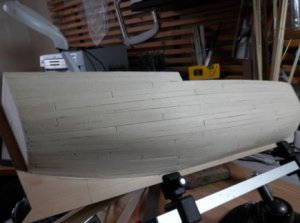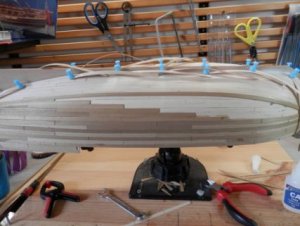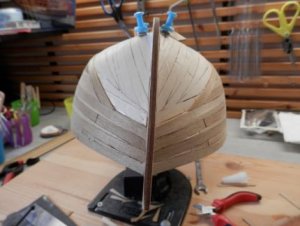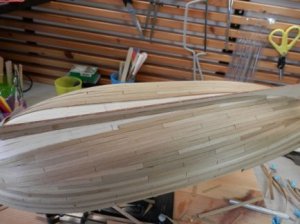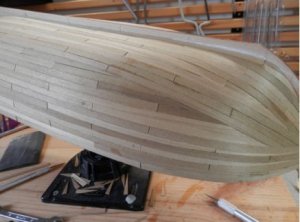My next build will be the Panart Armed Pinnace "Lancia Armata" 1800 1:16.
Information says the model is '... an exact reproduction of a 10 meters long armed launch, which was used by the different navies during the 19th century.
These launches were armed with naval guns of different calibre and type; in the bow section a cannon or carronade was installed while in the stern two more light, small cannons were placed to be aimed by hand.
Usually, these boats were employed in coastal patrols or in escort services, but also demonstrated their wartime capacity in surprise actions attacking craft in difficulty,anchored or at roadstead. Due to their remarkable manoeuvrability, they were also employed in great numbers during landing actions, preceeding the main fleet which moved slower and was more vulnerable.
The bow cannon, placed on a wooden structure, attached to the first benches, slid back and forth, recoiling on two slits made on the two carrying guides and was manoeuvred by two forward and aft placed tackles. The marksman occupied himself to raise the cannon while the helmsman was responsible to align the bow at the target.
Mast and sail during the surprise actions were lowered on the benches and oars used.'
Specifications:
Scale 1:16
Length 620mm
Height: 457mm
In summary it is the armed assault vessel of its day. I chose this model because a. it will fit on the bookcase, b. it is different & looks like a fun build and c. I need a break from the complexities of rigging before my next build - probably the Agamemnon.
Interestingly, it is triple planked because after completing the layers of planking the centre frames are removed; if you like planking this is the model for you. There is a multi-lingual instruction book with an English section (sort of) and two sheets of plans which are well drawn, however, all annotations are in Italian. I suspect I am going to become very familiar with Google Translate on this build, but you never know - I might even learn some Italian.
Let's have a look in the box:-
Information says the model is '... an exact reproduction of a 10 meters long armed launch, which was used by the different navies during the 19th century.
These launches were armed with naval guns of different calibre and type; in the bow section a cannon or carronade was installed while in the stern two more light, small cannons were placed to be aimed by hand.
Usually, these boats were employed in coastal patrols or in escort services, but also demonstrated their wartime capacity in surprise actions attacking craft in difficulty,anchored or at roadstead. Due to their remarkable manoeuvrability, they were also employed in great numbers during landing actions, preceeding the main fleet which moved slower and was more vulnerable.
The bow cannon, placed on a wooden structure, attached to the first benches, slid back and forth, recoiling on two slits made on the two carrying guides and was manoeuvred by two forward and aft placed tackles. The marksman occupied himself to raise the cannon while the helmsman was responsible to align the bow at the target.
Mast and sail during the surprise actions were lowered on the benches and oars used.'
Specifications:
Scale 1:16
Length 620mm
Height: 457mm
In summary it is the armed assault vessel of its day. I chose this model because a. it will fit on the bookcase, b. it is different & looks like a fun build and c. I need a break from the complexities of rigging before my next build - probably the Agamemnon.
Interestingly, it is triple planked because after completing the layers of planking the centre frames are removed; if you like planking this is the model for you. There is a multi-lingual instruction book with an English section (sort of) and two sheets of plans which are well drawn, however, all annotations are in Italian. I suspect I am going to become very familiar with Google Translate on this build, but you never know - I might even learn some Italian.
Let's have a look in the box:-




